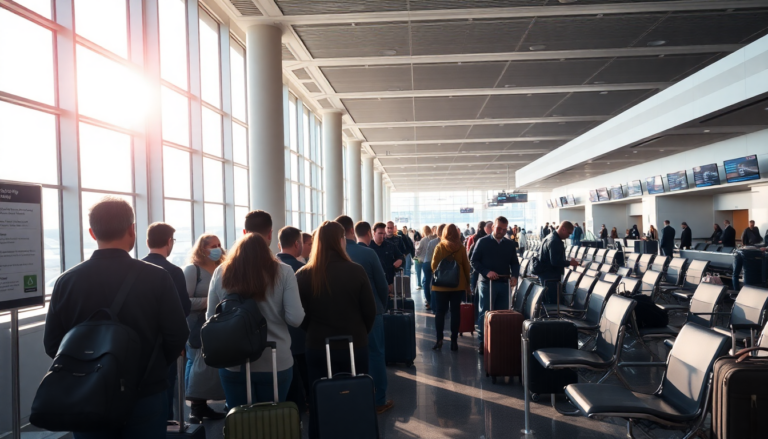Argomenti trattati
As the world gradually emerges from the shadows of a global pandemic, the aviation industry is experiencing some significant transformations. From revamped seating policies to innovative security measures, airlines are reshaping how we take to the skies. But this evolution isn’t just about logistics; it reflects a broader narrative of adaptation and resilience in response to shifting consumer expectations. So, what are the latest developments in air travel, and what stories do they tell?
Transitioning to Assigned Seating
Take Southwest Airlines, for example. Known for its distinctive approach to flying, the airline has recently made the notable shift to assigned seating. This change follows the discontinuation of their popular “bags fly free” policy, which has sparked a range of reactions from passengers. At its core, this move underscores the airline’s commitment to enhancing operational efficiency while also catering to passengers’ desires for predictability and comfort.
The story behind this shift is one of balancing cherished traditions with modern necessities. For years, Southwest thrived on its open seating model, which fostered a sense of spontaneity among travelers. However, as the aviation landscape evolves, so too must the strategies that airlines employ. This transition not only responds to customer feedback but also aligns with a broader industry trend toward more structured boarding processes, aiming to minimize delays and optimize the flying experience.
From a technical standpoint, this shift to assigned seating necessitates a recalibration of boarding protocols and customer service approaches. Airlines now must invest in training staff to navigate the nuances of assigned seating, ensuring that every passenger feels valued and informed. Ultimately, the palate of air travel is changing, and like any culinary experience, it’s essential to adapt and refine according to the tastes and preferences of the guests.
Innovations and Adaptations in Airline Policies
Meanwhile, Ryanair is getting creative with a new incentive program aimed at employees who identify oversized luggage. Spearheaded by CEO Michael O’Leary, this initiative highlights the airline’s commitment to operational efficiency while rewarding employee engagement. By encouraging staff to monitor compliance with baggage regulations, Ryanair isn’t just focusing on profitability; it’s enhancing the overall travel experience, ensuring that passengers enjoy a seamless journey.
Similarly, the Transportation Security Administration (TSA) has launched the ‘Families on the Fly’ campaign, designed to simplify security processes for families traveling with children. This initiative reflects the growing recognition of diverse traveler needs, acknowledging that the journey begins long before the aircraft takes off. It’s about creating an environment where every passenger feels supported, echoing the idea that behind every travel experience, there’s a unique story waiting to be told.
Adjustments Amidst Challenges
As airlines navigate these changes, they’re doing so against a backdrop of various challenges, including severe weather disruptions and fluctuating consumer demand. A recent example is United Airlines, which faced significant delays due to adverse weather at Newark Liberty International Airport, leaving passengers stranded for hours. Incidents like these underline the need for robust contingency planning and effective communication strategies to keep travelers informed and reassured during their journeys.
The resilience of the travel industry is further tested by shifts in consumer economics, especially as the U.S. dollar weakens against foreign currencies. Travelers planning overseas trips now face higher costs for services and amenities abroad, adding complexity to their travel experiences. This economic shift prompts airlines and travel providers to rethink pricing strategies and customer engagement practices to maintain a competitive edge.
Ultimately, as the aviation sector evolves, it’s crucial for both airlines and passengers to embrace these changes. Every flight taken, every policy implemented, and every seat assigned tells a story—one of human connection, exploration, and the indomitable spirit of travel. In this new era of air travel, we’re all part of an unfolding narrative, where adaptability and innovation pave the way for extraordinary journeys. So, where will your next adventure take you?

